Plant polymers as plastic alternatives
Futurum
OCTOBER 17, 2023
Nowadays, it encompasses artificial intelligence (AI), the brain-computer interface, synthetic biology, and even social and ethical analysis. Professor Jeffrey Catchmark and his team at Pennsylvania State University in the US believe they have one such solution, using common plant-based materials to create sustainable food packaging.

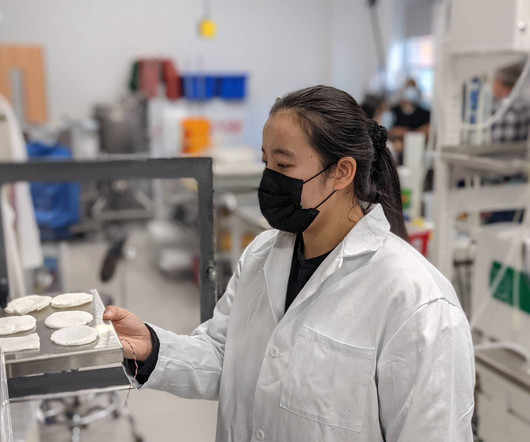
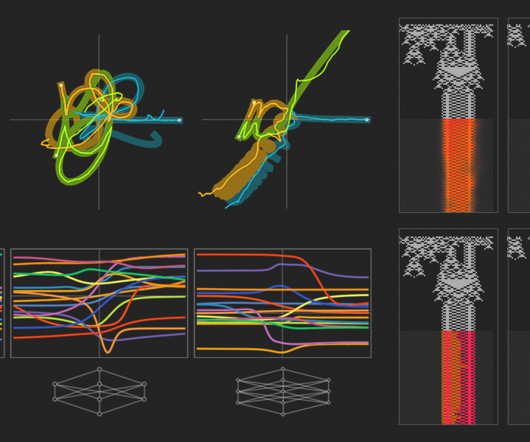

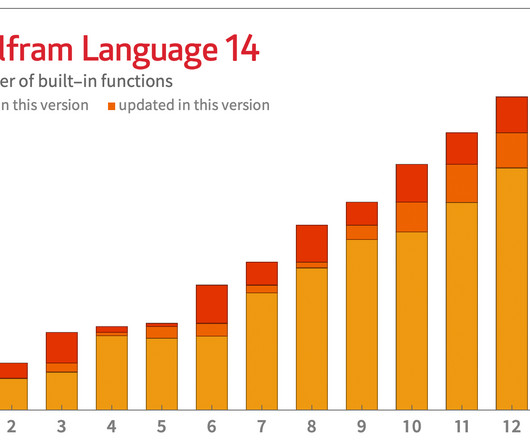
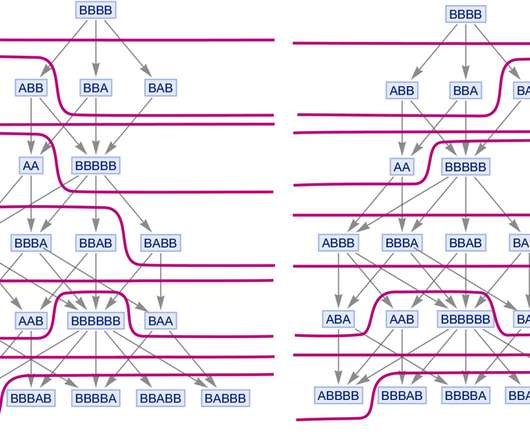
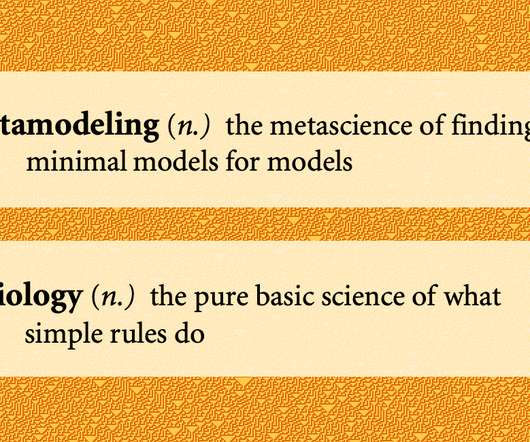







Let's personalize your content